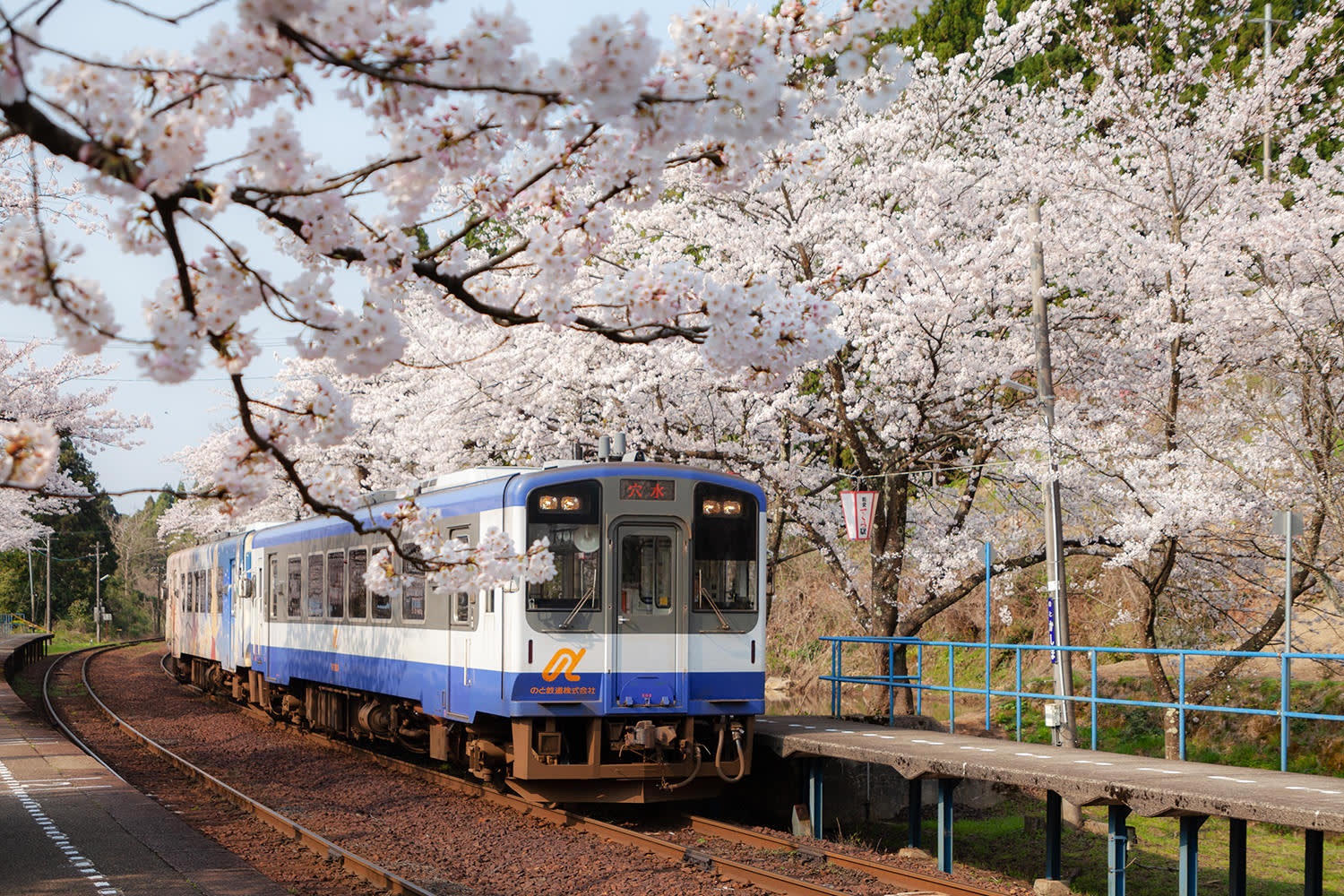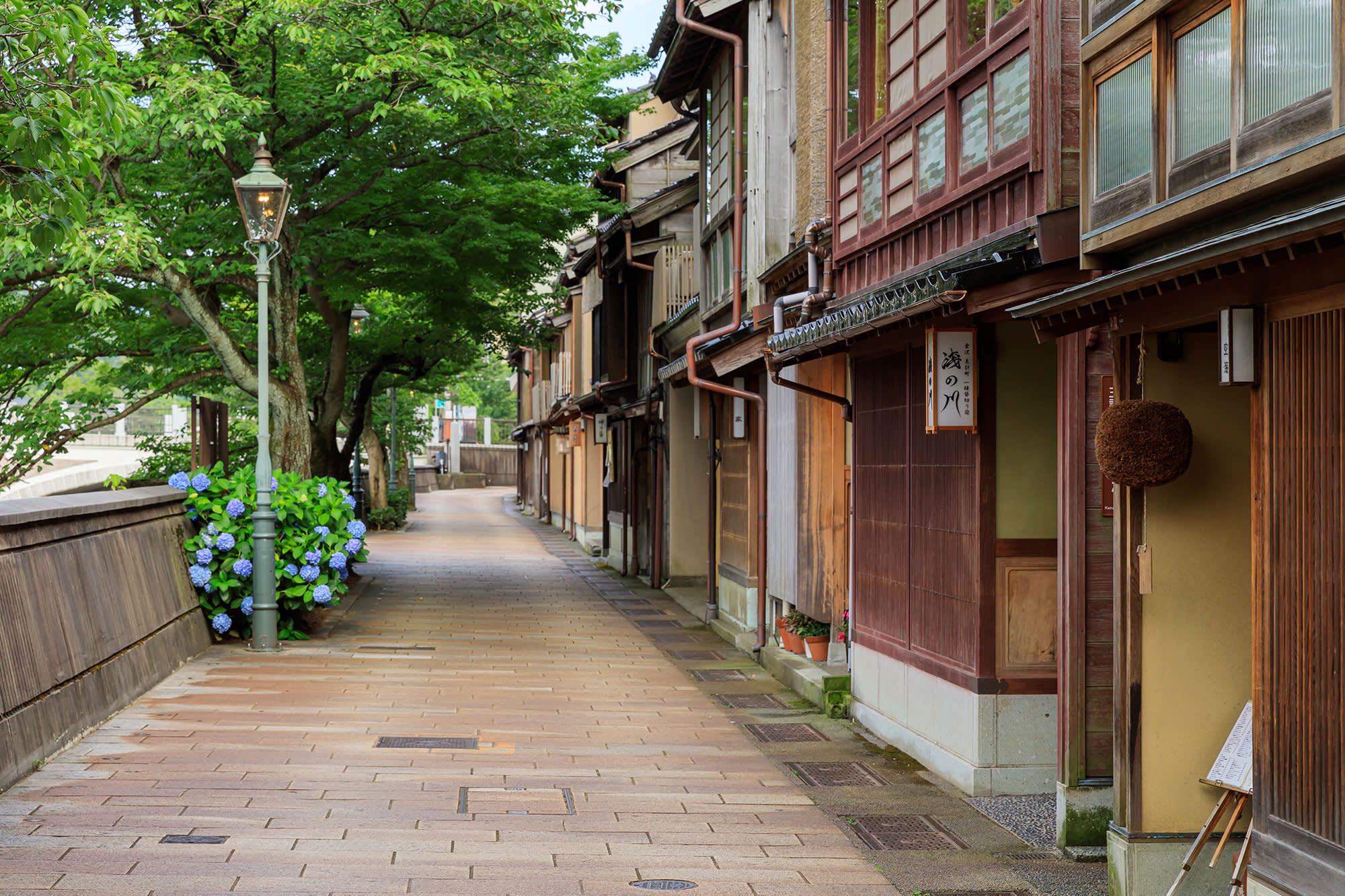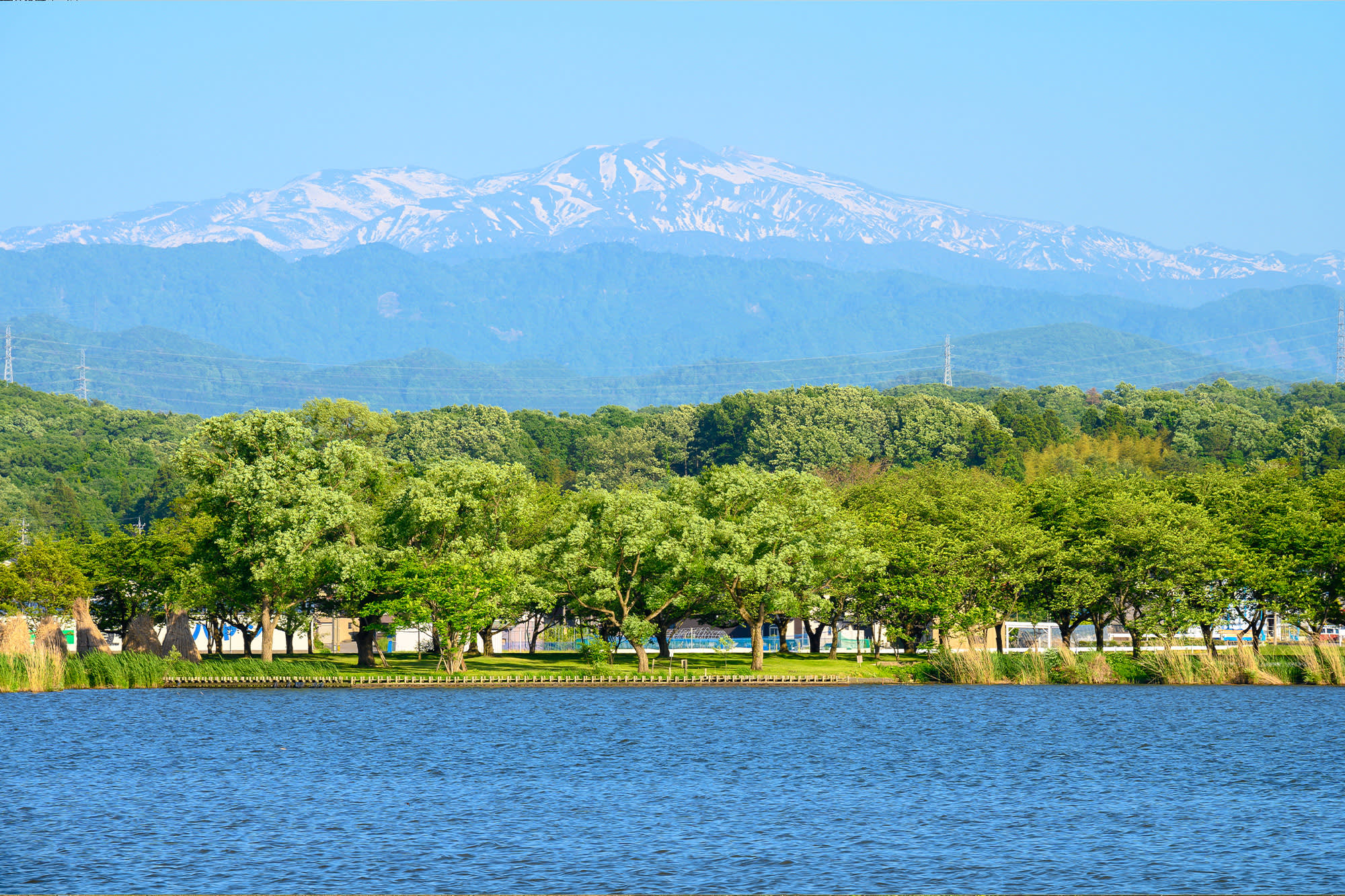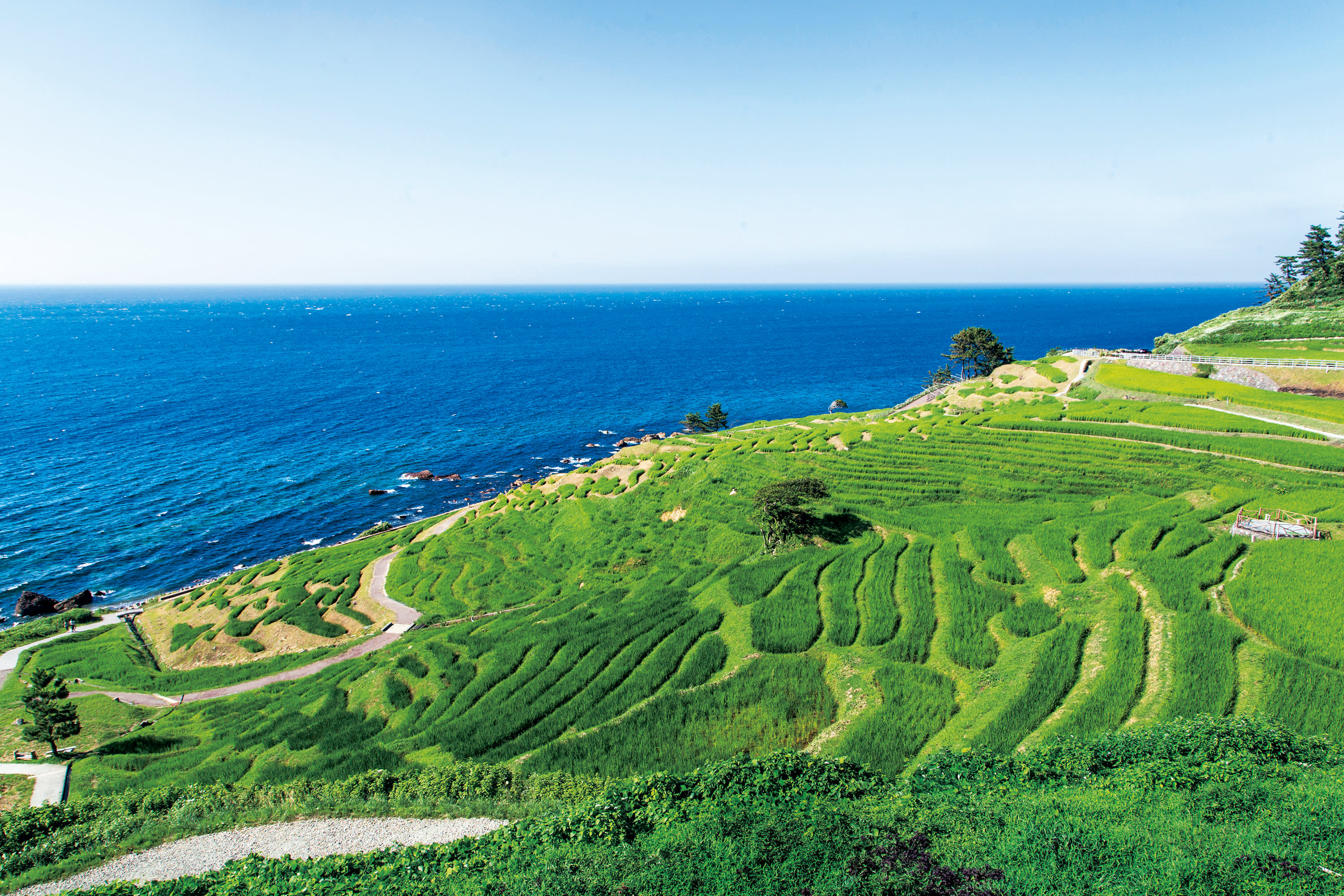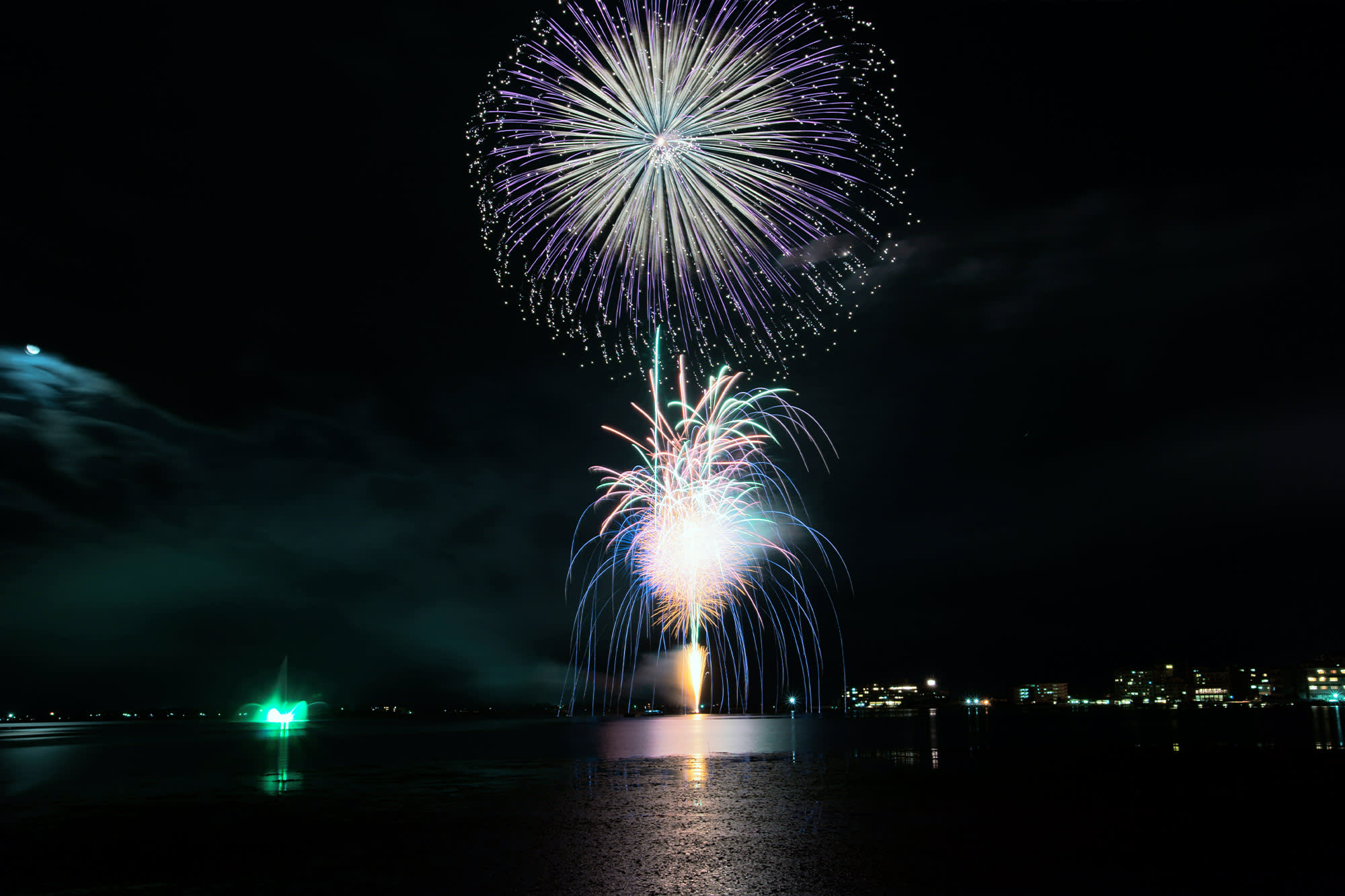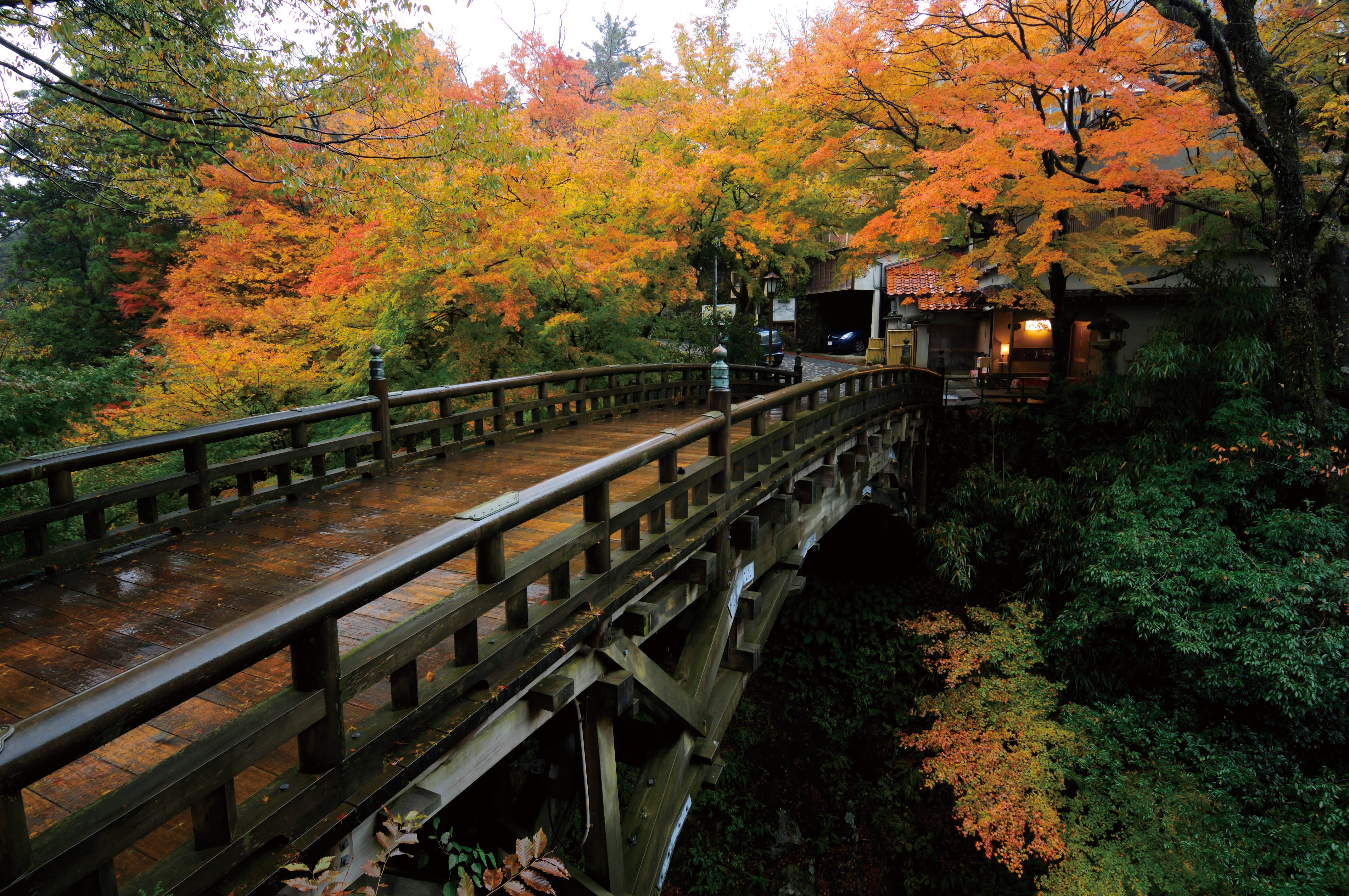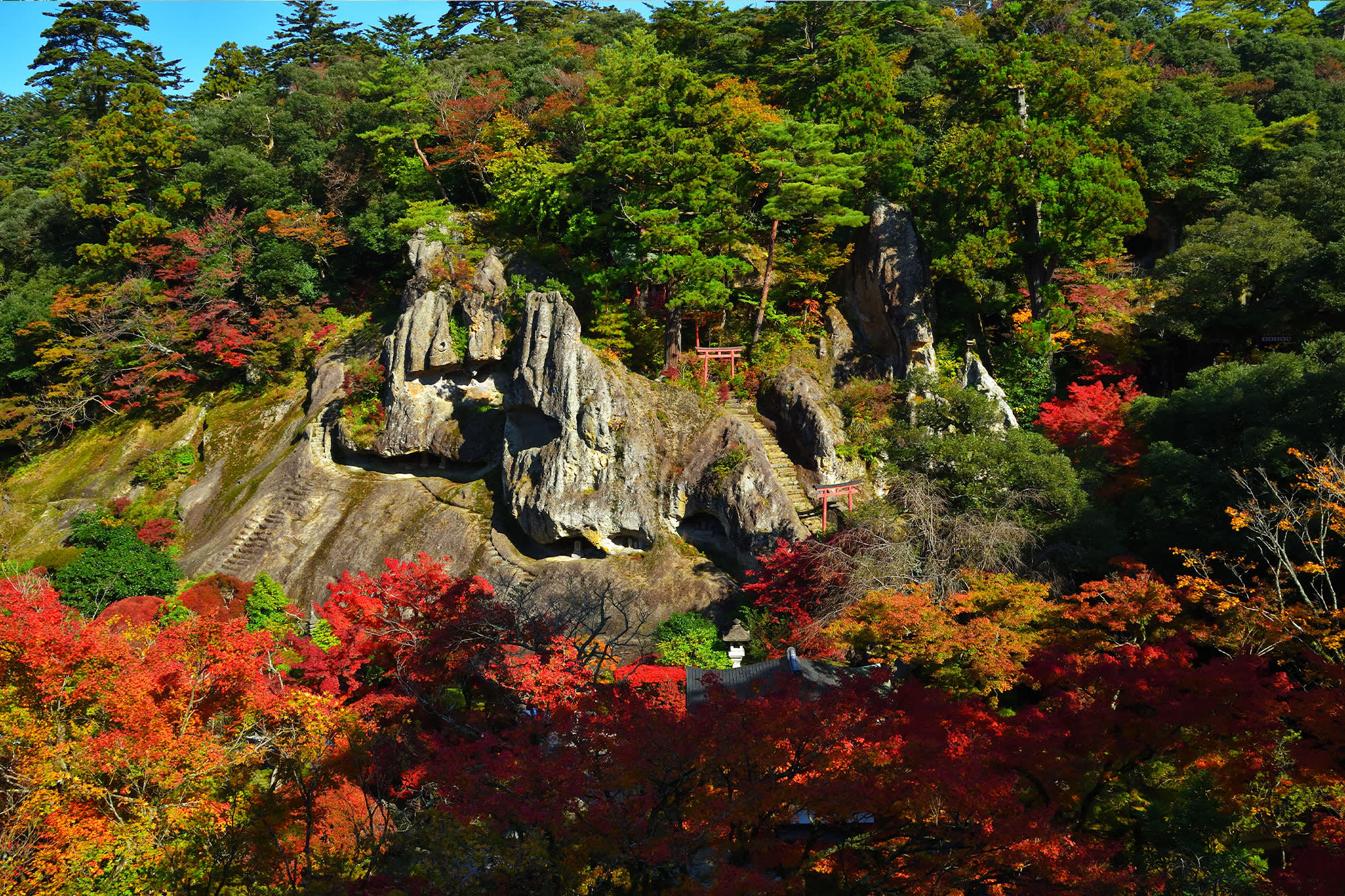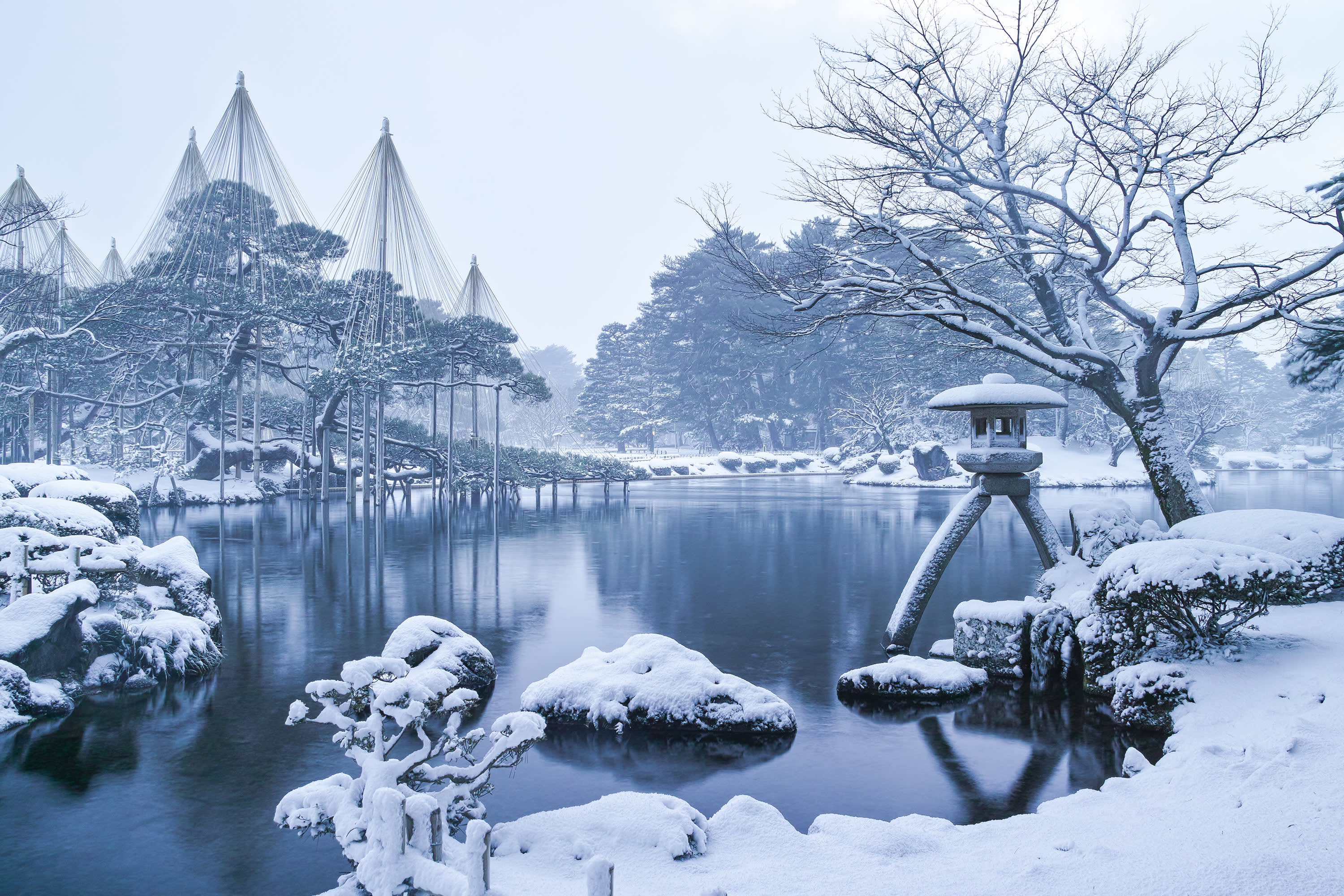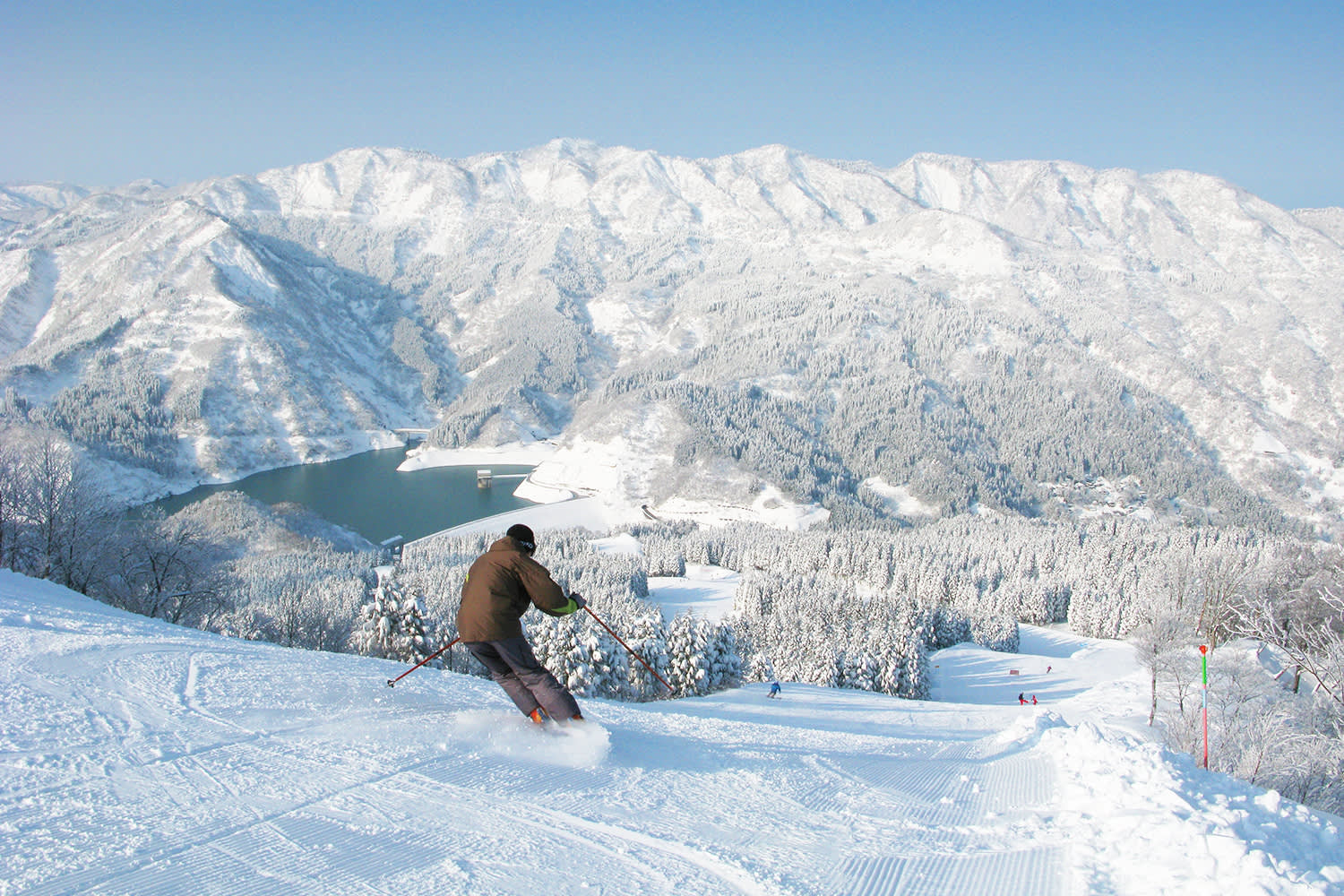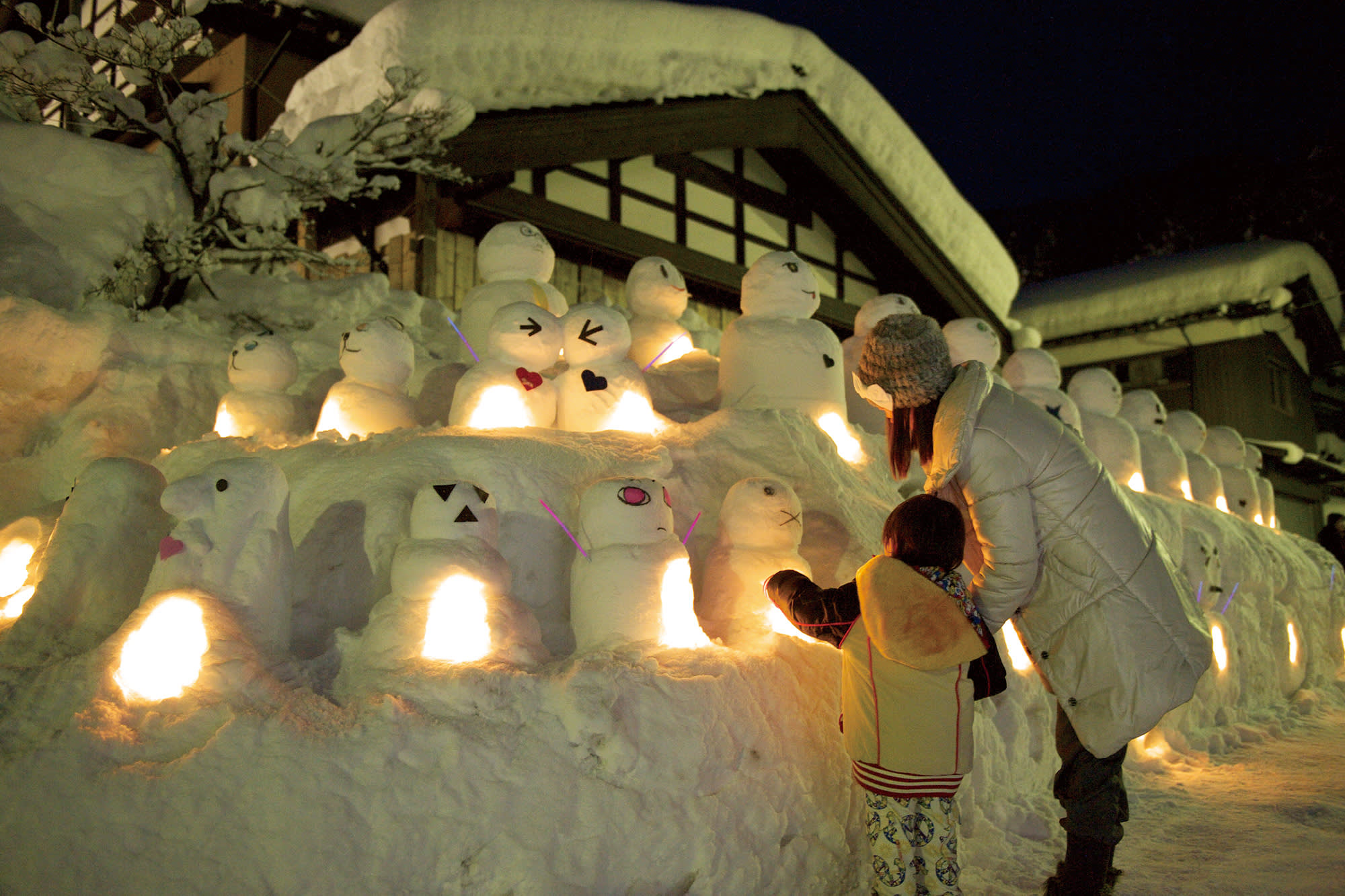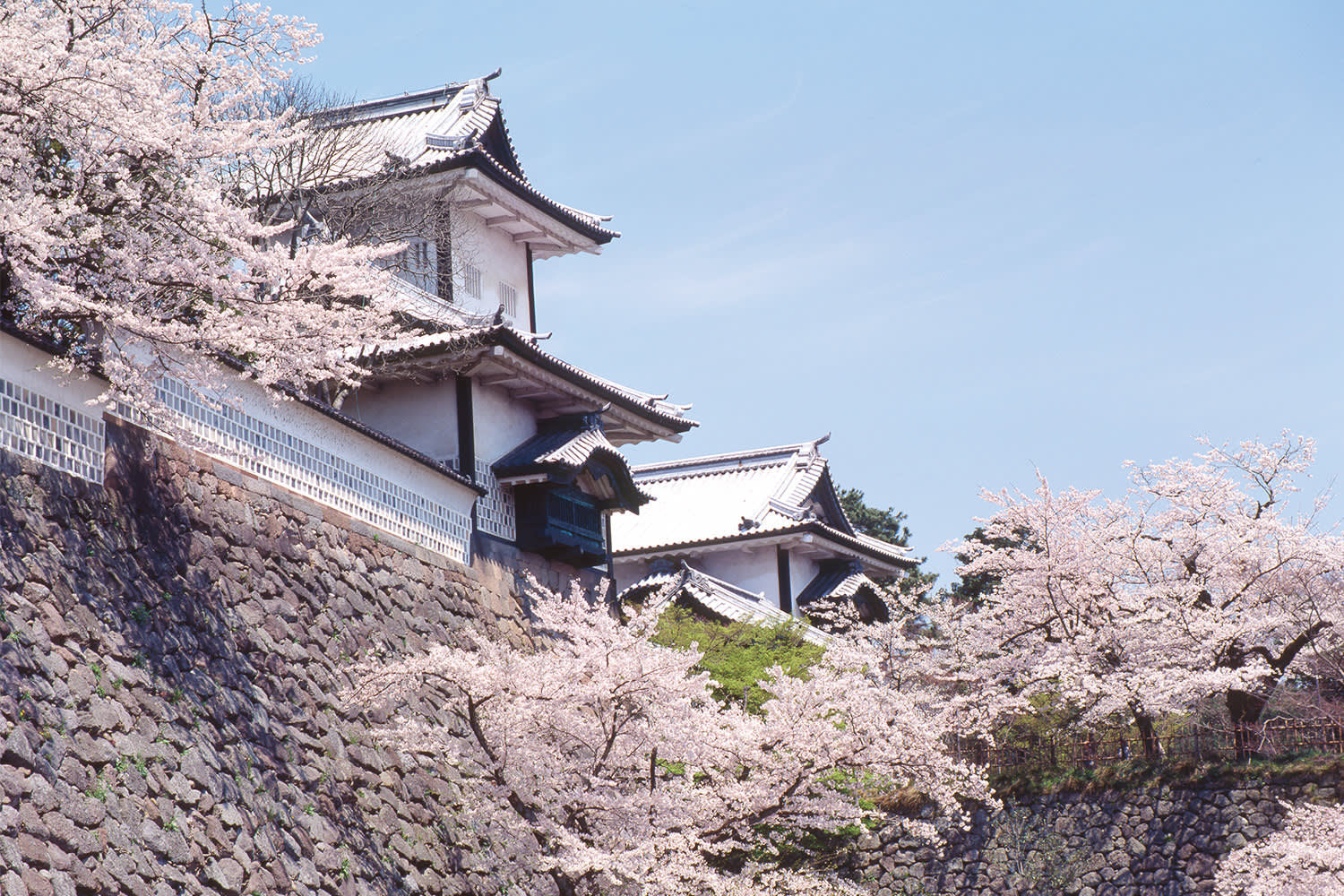
Plan Your Trip
Seasons
Ishikawa Prefecture is a year-round destination whose appeal changes with each month. The prefecture has four distinct seasons: a warm and pleasant spring, a hot and humid summer, a cool autumn, and a snowbound winter. Each season offers its own highlights, activities, performances, views, foods, and festivals.
Ishikawa climates
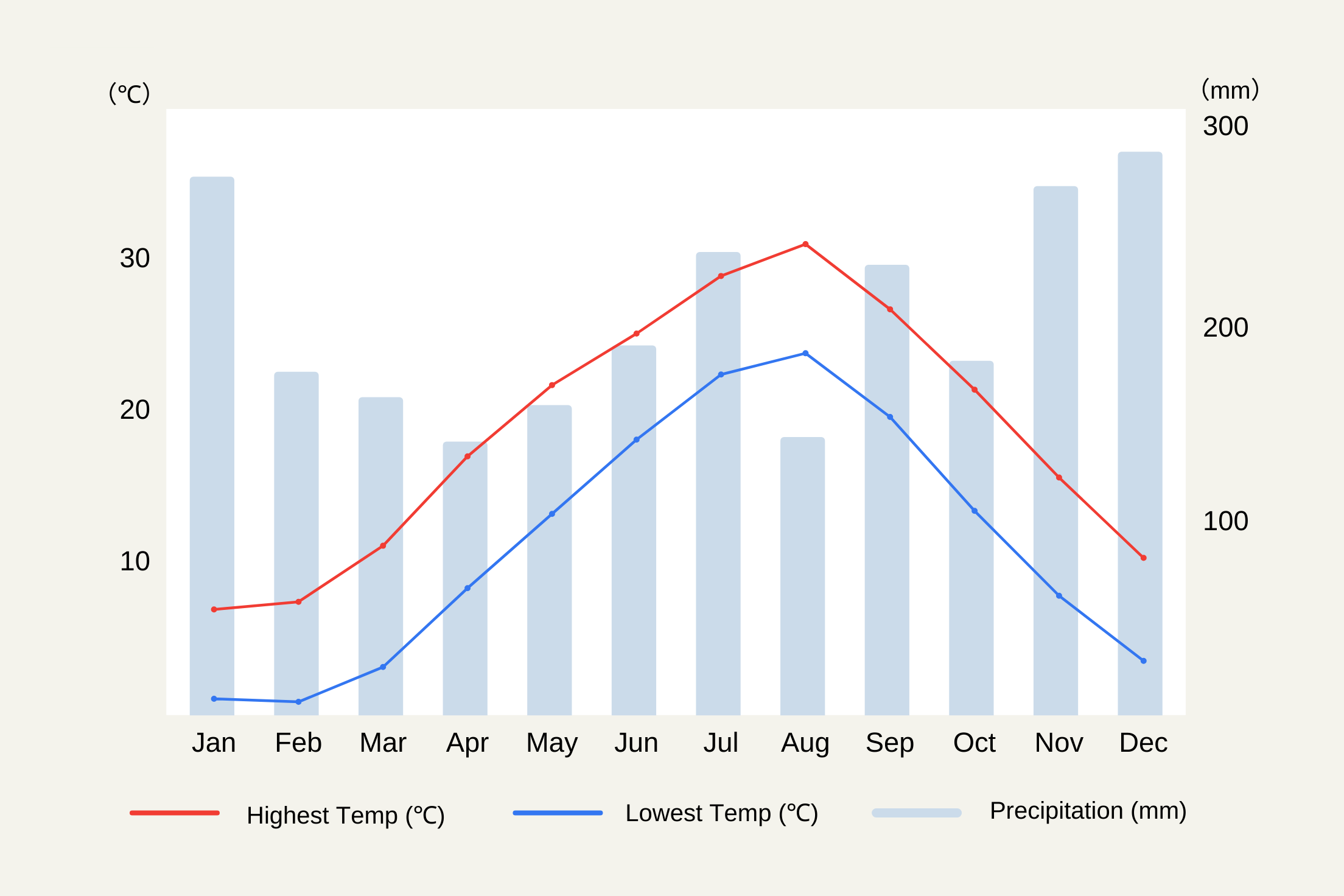
Many travelers visit Ishikawa in spring, when temperatures are mild and days are usually dry. The hot and humid summer then starts in June and peaks in early August. The rainy season, between mid-June and mid-July, is very wet and visitors should travel with rain gear and umbrellas. September is warm, October mild, and November cool to cold. The first snow arrives in December. Snowfall continues throughout January and February, although many winter days are clear.
Spring begins with snow on the ground in many areas of Ishikawa, but most of it melts by the end of March. Nature then quickly regains its color, and in April, cherry blossoms bloom. For many visitors, this is the highlight of the season. Ishikawa has many places to admire the cherry blossoms; Kenrokuen Garden in Kanazawa is one of the most popular.
Spring also sees some important festivals. Among the biggest is the Seihakusai Festival, in which teams of worshipers heave massive floats through the port town of Nanao. The Otabi Festival involves kabuki theater and parades of floats in Komatsu.
Most Popular Spring Spots
Summer is a lively and active time in Ishikawa. Festivals, outdoor activities, and fireworks animate the prefecture. On the Noto Peninsula, many communities host passionate festivals featuring kiriko, towering lantern floats with centuries-old history. Summer is also a popular season to explore Noto’s diverse and scenic coastline.
In the south of the prefecture, the summer climate is well-suited for hiking in Hakusan National Park. The park’s namesake, Mt. Hakusan, is free of snow at this time, and many hikers take the opportunity to summit Ishikawa’s highest peak.
Most Popular Summer Spots
Early autumn has many warm days, and the climate remains comfortable for sightseeing until early November. As the weather cools, the green leaves of summer begin to turn to yellow and red; they are most vibrant in mid- to late November. In Kanazawa, Kenrokuen Garden is a popular places to see fall leaves. In the Kaga region, Kakusenkei Gorge and Natadera Temple are well-known for their foliage.
The changing leaves and comfortable temperatures are ideal for experiencing the hikes, waterfalls, and observation decks along the Hakusan Shirakawa-go White Road.
Most Popular Autumn Spots
In November, Ishikawa prepares for winter. In Kenrokuen Garden, the groundskeepers construct elegant tree supports called yukitsuri from bamboo and rope to protect branches from the weight of the coming snow.
The first snow arrives in early December, and the landscape of Ishikawa is transformed. Romantic white scenery can be seen across the prefecture, from the coasts of Noto to the peaceful mountains of the Hakusan region.
The snow provides the atmosphere for winter events. There are several winter festivals, such as the Snowman Festival. Winter sports such as skiing, snowboarding, and snowshoeing are popular at this time of year. Seafood such as snow crab and amberjack are culinary highlights of the season.
During winter, warm and sturdy footwear is essential. Snowboots are available to rent from the Tourist Information Center at Kanazawa Station.


